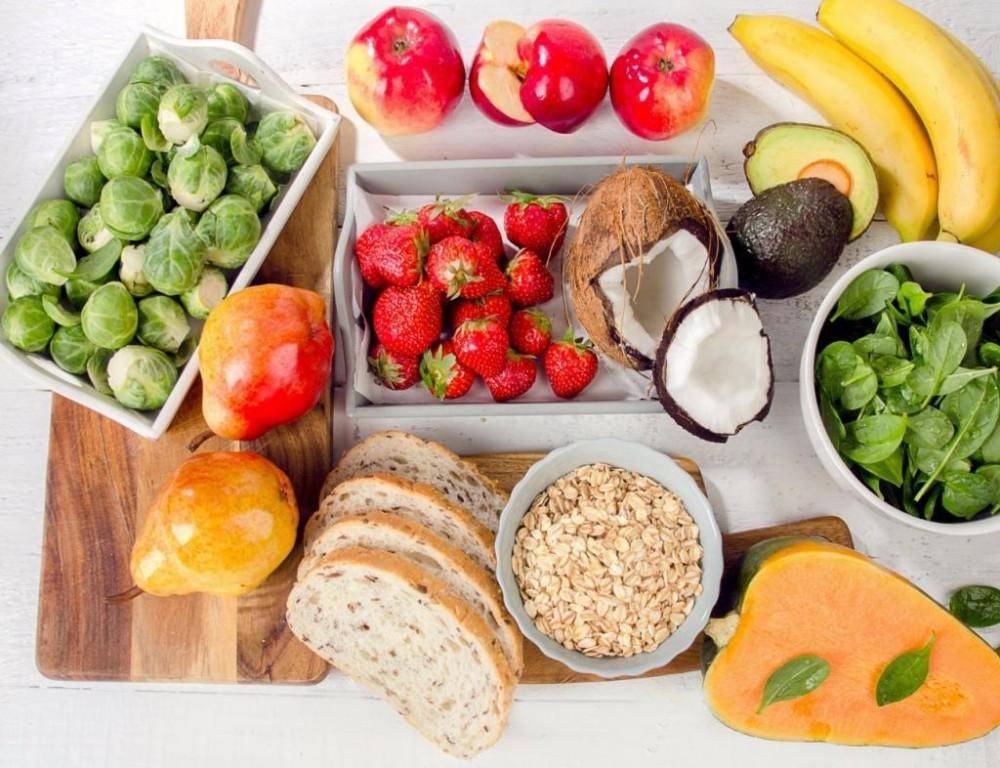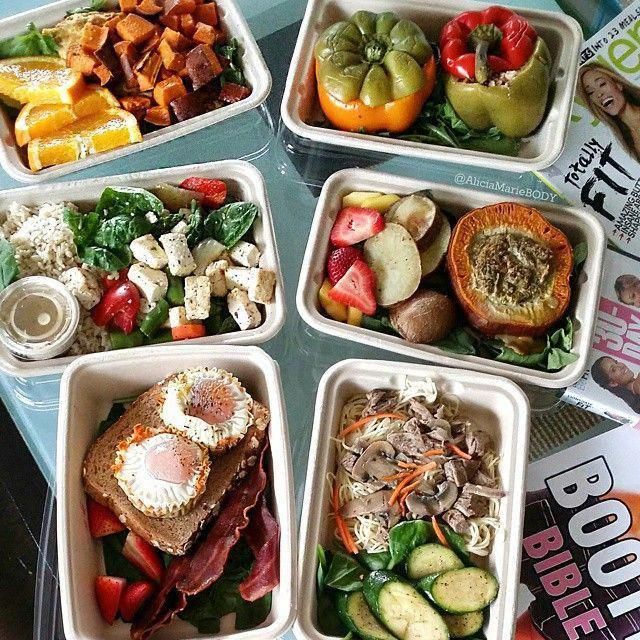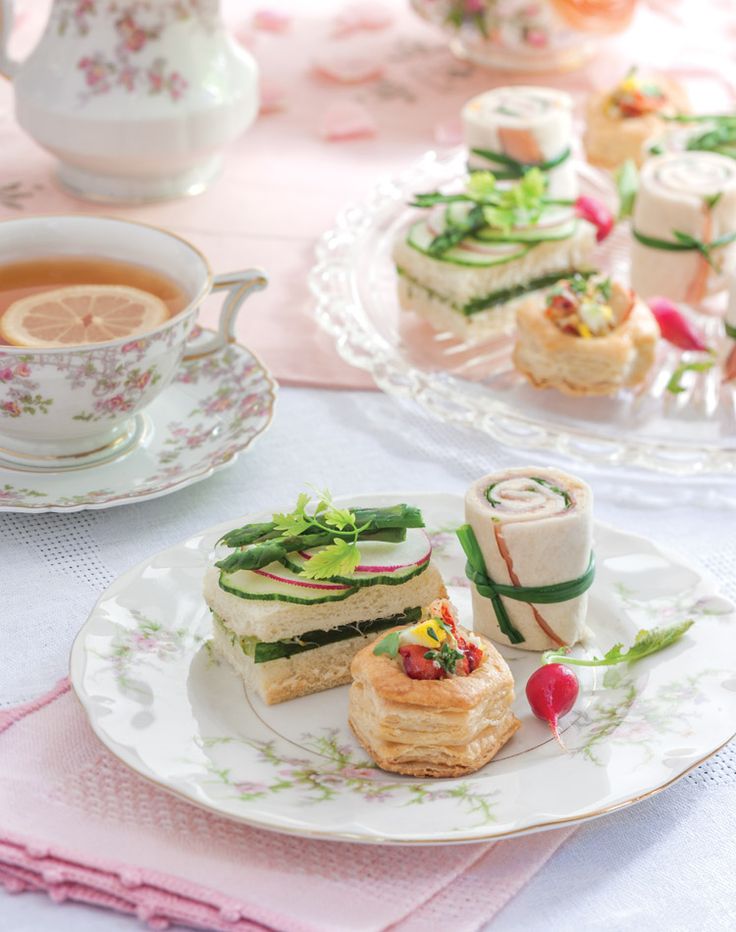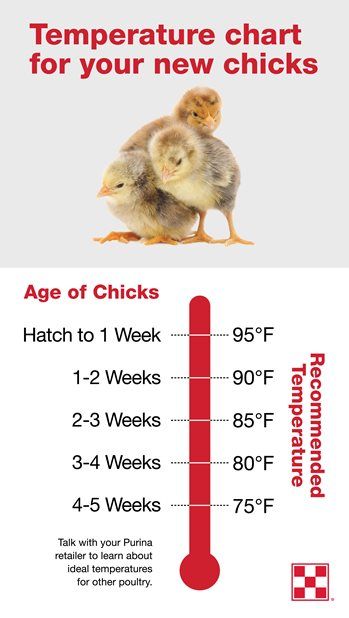Baby ready to feed formula
Formula Feeding FAQs: Preparation and Storage (for Parents)
Whether you plan to formula feed your baby from the start, want to supplement your breast milk with formula, or are switching from breast milk to formula, you probably have questions.
Here are answers to some common questions about formula feeding.
Do I Need to Sterilize My Baby's Bottles?
Before the first use, sterilize nipples and bottles in boiling water for 5 minutes.
After that, you don’t have to sterilize your baby's bottles and supplies each time you feed your baby. Do wash bottles and nipples in hot, soapy water (or in the dishwasher) after every use. You can get a store-bought countertop or microwaveable sterilizer, but it’s not necessary.
How Do I Prepare My Baby's Bottles?
Carefully follow directions on the label when preparing formula. Most store-bought formula comes in three basic forms:
- powders that you mix with water
- concentrates, which are liquids that you dilute with water
- ready-to-use (or ready-to-feed) liquids that can be poured right into bottles without adding water
Do not add more water than directed, or use formula past its expiration date.
Wash your hands well before preparing and feeding your baby. To mix powders or concentrates, use clean tap water. If you have a well, test the water to see if it’s safe before using it to mix infant formula.
If your tap water is not clean (or your baby has a weak immune system), boil it for at least 1 minute to kill germs. Let the water cool to room temperature before using it to mix formula. You also can use bottled water. Talk to your doctor if you’re concerned that your water is not safe.
Once prepared, the formula is ready to feed to your baby right away without refrigeration or warming. Feed your baby or store the prepared formula in the refrigerator within 2 hours.
How Long Can a Bottle Keep at Room Temperature?
Throw out any prepared or ready-to-feed formula that's been sitting out for 2 hours or more, or within 1 hour from start of feeding.
Can I Save Leftover Formula to Give to My Baby Later?
No, throw away any leftover formula. Harmful bacteria can multiply since the last feeding, which could make your baby sick.
Can I Prepare Formula Ahead of Time?
Some parents make a fresh bottle just before each feeding. But many parents make and refrigerate enough formula ahead of time to use for the day. If you know your baby eats every 3–4 hours, for instance, you can make 6 to 8 bottles to last you all day.
If you prepare formula ahead of time, store it in the refrigerator. You can use pre-made formula for up to 24 hours. Open containers of ready-made formula, concentrated formula, and formula prepared from concentrate can be stored safely in the refrigerator for up to 48 hours. Do not store unmixed powder in the refrigerator.
How Do I Warm My Baby's Bottles?
You don’t have to warm formula before feeding, but some babies may prefer it. To warm bottles, you can:
- Run the bottle under very warm or hot water for a few minutes.
- Put your baby's bottles in a pan of hot water. Be sure to remove the pan from the heat source before putting the bottle in it.
- Use bottle warmers that sit on your countertop at home or are portable.
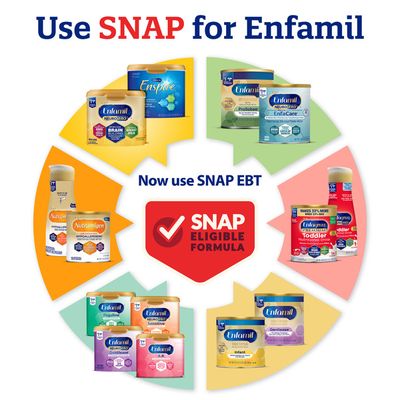
Never use the microwave to warm bottles. It can create dangerous "hot spots" in bottles that can burn your baby’s mouth and throat.
Before warming a bottle, shake it. Then, test the temperature of the formula by squirting a drop or two on the inside or your wrist before feeding your baby. It should be lukewarm (barely warm), not hot.
Reviewed by: Mary L. Gavin, MD
Date reviewed: November 2021
Formula Feeding FAQs: Getting Started (for Parents)
Whether you plan to formula feed your baby from the start, want to supplement your breast milk with formula, or are switching from breast milk to formula, you probably have questions.
Here are answers to some common questions about formula feeding.
What Supplies Do I Need?
Start with the basics:
- formula
- water (tap water is fine, but use bottled if you are concerned about water safety)
- bottles
- nipples
Keep burp cloths and a bottle/nipple brush handy.
You don’t need a bottle sterilizer, but do sterilize bottles and nipples by boiling them for 5 minutes before the first use.
What Kind of Bottle Should I Use?
Bottles come in different shapes and sizes. They can be made of glass, plastic, silicone, or stainless steel. Here are some differences:
Plastic bottles are now "BPA-free"— meaning they don't contain the chemical bisphenol A (BPA). This chemical may be harmful and is found in some plastics, but is banned from baby bottles. Years ago, some plastic baby bottles had BPA in them, but none do now.
Glass bottles. Glass bottles can cause injury if broken, but silicone sleeves make them easier to grip and help prevent breaks.
Silicone bottles and stainless steel bottles are newer options. They are unbreakable but tend to be more expensive than plastic or glass.
Some babies do better with certain bottle shapes, vented bottles, or bottles with liners on the inside.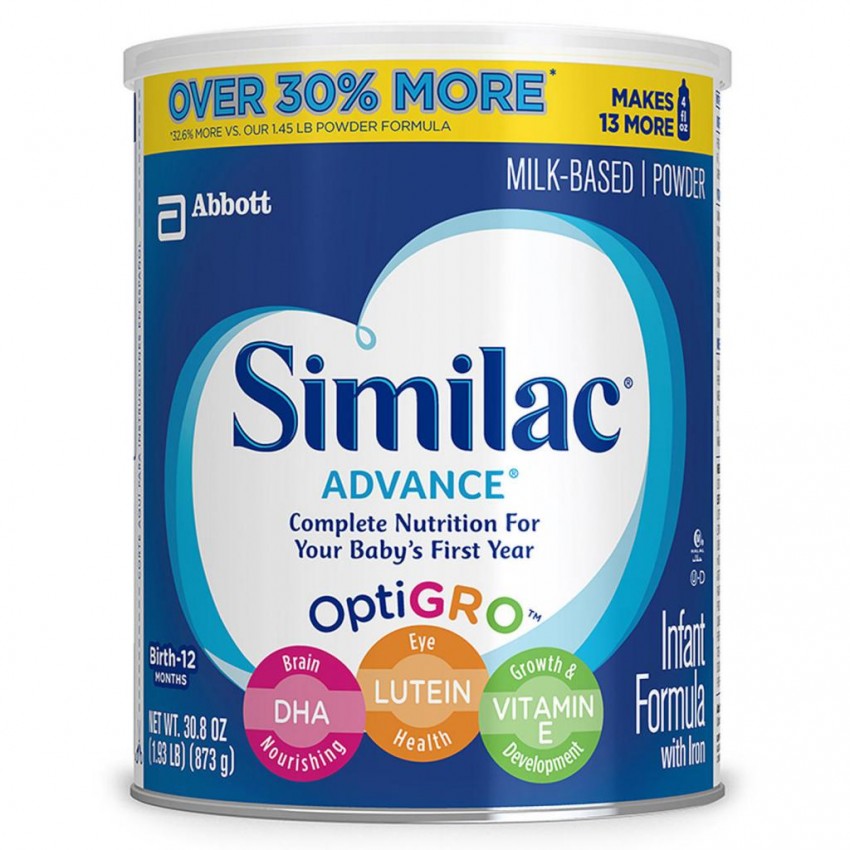 You may need to try a few kinds before you find what works best for you and your baby.
You may need to try a few kinds before you find what works best for you and your baby.
To get you through the first week or so, be sure to have enough formula, water, bottles, and nipples.
Over time, you may want to buy more or different kinds of bottles. You also may find it's worth getting other supplies, like a bottle drying rack or special dishwasher basket.
What Kind of Nipple Should I Use?
Nipples can be made of silicone (clear) or latex (brown) with many different shapes. The varieties include standard or traditional nipples, orthodontic nipples, wide-based nipples, and flat-top nipples. Use whatever type your baby seems to prefer.
Nipples also often come in different numbers, "stages," or "flow rates" to reflect the size of the nipple's hole, which affects the flow (i.e., slow, medium, or fast) of formula or breast milk. The holes get bigger as babies get older and are ready to handle faster flows of milk. Flows that are too fast can make younger babies gag by giving them more milk than they can handle. Slower flows may frustrate some babies and make them suck harder and gulp too much air.
Slower flows may frustrate some babies and make them suck harder and gulp too much air.
Start your newborn on the slowest flow nipple. As your baby gets older, you can increase the flow if you want to. Some babies may be content throughout infancy to use the same kind and size of nipple. If your baby seems fussy or frustrated with the nipple, try a different kind (like one with a larger hole) to see if it makes a difference.
How Often Should Nipples Be Replaced?
That depends on how the nipples you use hold up to cleaning and everyday use. Check them regularly for signs of wear and replace them about every 2 months or sooner if you notice tears or damage.
What Type of Formula Should I Use?
Many different formulas are available these days. Ask your doctor which kind is best for your baby.
Do not try to make your own formula at home. Online recipes may look healthy and promise to be nutritionally complete, but they can have too little — or too much — of important nutrients and cause serious health problems for your baby.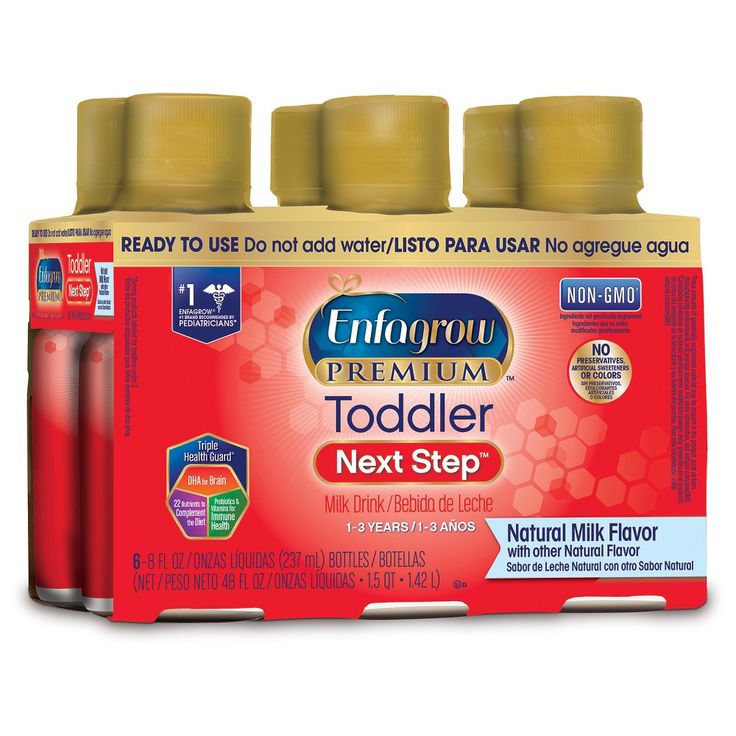
There are many different brands of formula, and all that are made in the United States (name brands, store brands, and generic) must meet strict nutrition and safety standards.
Formula types include:
- cow's milk-based formulas. Most formulas are made from cow's milk. These formulas have added iron, which babies need. Use only iron-fortified formula, unless your doctor advises you not to.
- soy-based formulas. These are for babies born with congenital lactase deficiency or galactosemia. This type of formula is also used by parents who do not want their babies to eat animal protein. Give only iron-fortified soy formula, unless your doctor says otherwise. (Many babies who are allergic to cow's milk also are allergic to the protein in soy formulas, so soy-based formulas generally don't help with milk-protein allergies.)
- hypoallergenic formulas for babies who can't tolerate cow’s milk or soy formulas, like those with allergies to milk or soy proteins.
 The proteins in hypoallergenic formulas are broken down so they are easier to digest.
The proteins in hypoallergenic formulas are broken down so they are easier to digest. - specialized formulas. These are designed for premature babies.
How Do I Prepare Formula?
Formula comes in three basic forms:
- powders that require mixing with water and cost the least
- concentrates, which are liquids that require diluting with water
- ready-to-use (or ready-to-feed) liquids that can be poured right into bottles. These are the most expensive but are convenient if you're traveling or can't get to a clean water supply.
Carefully follow directions on the label when preparing formula. Do not add more water than directed.
Whatever formula you choose, check the expiration date on all cans and bottles of formula, and don't use formula from leaky, dented, or otherwise damaged containers. Do not water-down formula — this is dangerous, as it reduces the amount of nutrients in each bottle.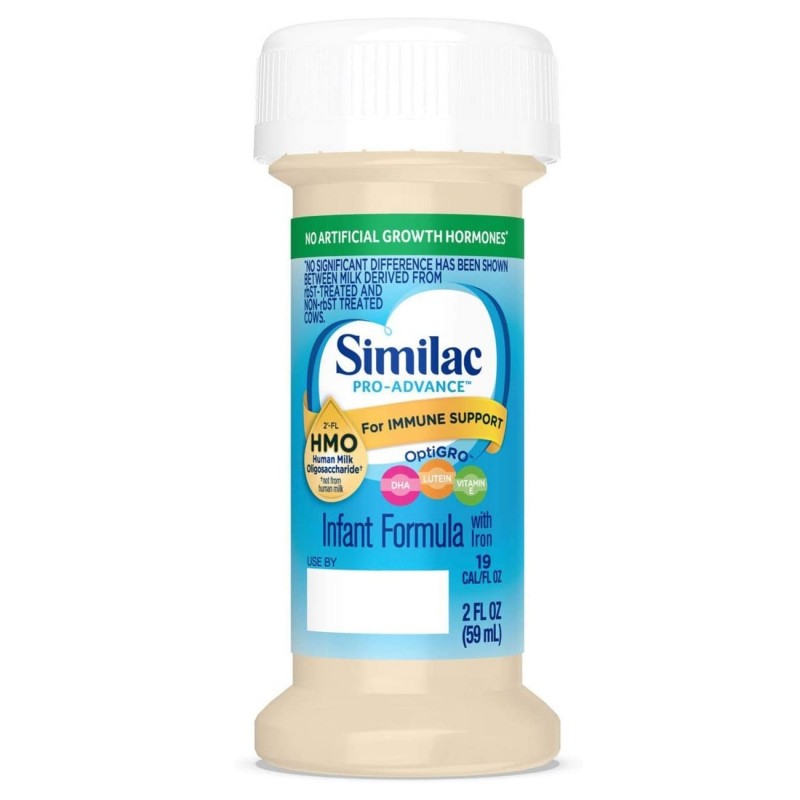
Formula Can Be Pricey. How Can I Save Money?
Shop around for the best deals on the formula you've chosen:
- Take advantage of the free samples and coupons sent to you in the first few months after your baby is born.
- Clip coupons and sign up for online coupon clubs and apps that let you print and save coupons.
- Sign up for formula companies' clubs and special programs (through the mail or online) that may offer discounts, coupons, and/or free formula and other products.
- Compare prices on formula at online retailers. Some online stores have special "mom" clubs that let you save regularly on some products every month.
- Check for specials at your grocery store, baby store retailer, or local wholesale/bulk items store.
What if I Need Help Paying for Formula?
If you can't afford formula, talk to your doctor or call 211 to help you find local resources. You and your family may be eligible for assistance through:
- Special Supplemental Nutrition Program for Women, Infants, and Children (WIC)
- Supplemental Nutrition Assistance Program (SNAP)
- Temporary Assistance for Needy Families
If there is not enough mother's milk, it is not worth supplementing with mixtures
The Center for Public Health and Medical Prevention continues its series of publications on maternal and child health.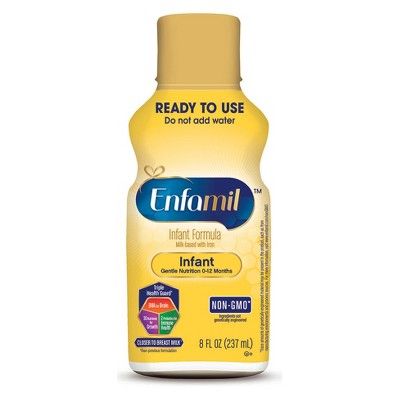
Today's topic is breastfeeding.
Neonatologist, head of the neonatal department of maternity hospital No. 1 Lyudmila Kosteniuk told how breastfeeding affects the development of the child and mother, when it is worth supplementing the child with adaptive mixtures, and whether they can fully replace mother's milk.
How does breastfeeding affect a child's development?
Let's start with the fact that with mother's milk the child receives all the necessary nutrients, and in the first months of life - all immune cells, antibodies. This is protection from the diseases that my mother has had, as well as protection from the vaccines she has been vaccinated with.
It is also important to understand that during breastfeeding, the child does not eat large portions due to the frequency, and subsequently increasing the volume and reducing the number of feedings. Such nutrition is more logical for the development of the child.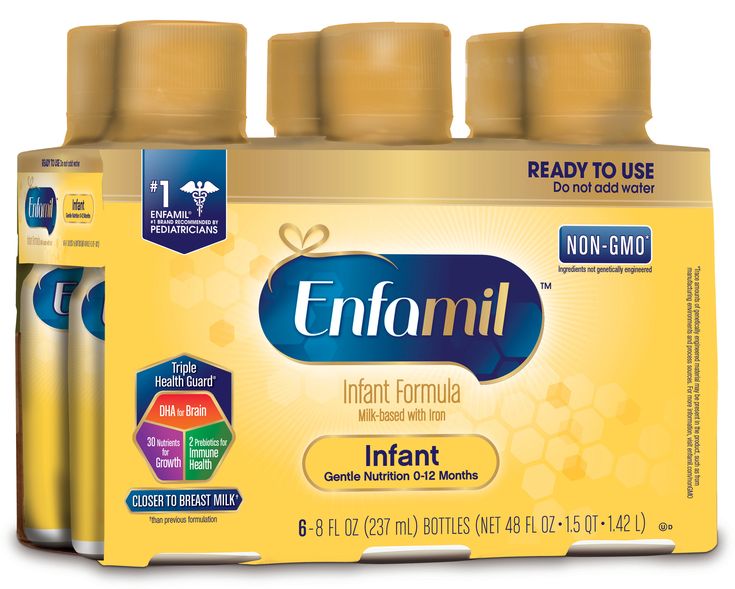 So, the child eats as much as he needs. On the first day of life with mother's milk, a healthy flora populates in the intestines of the child.
So, the child eats as much as he needs. On the first day of life with mother's milk, a healthy flora populates in the intestines of the child.
Thanks to this, in the future he will be less susceptible to allergic and gastrointestinal diseases. When a child begins to be fed with an adaptive mixture, such flora is formed in slightly smaller quantities, respectively, the baby may be susceptible to allergic diseases and gastrointestinal diseases.
Are there formulas that have become a complete substitute for mother's milk?
It is clear that there are situations when a mother does not have enough milk or a child cannot consume mother's milk for certain reasons, then the adaptive formula becomes an alternative.
But the fact is that not a single mixture corresponds to mother's milk. It is impossible to make a purely chemical composition of milk - there is no such chemical selection.
It's just that all mixtures are made different - with accents on certain points.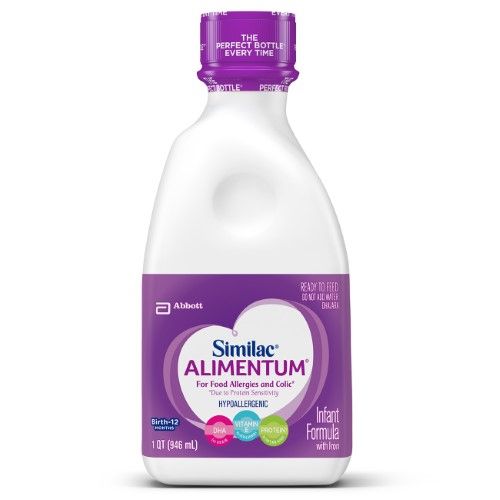
Is it possible to feed the baby with mixtures in parallel with mother's milk? In what cases should this be done?
Mixtures are added when mother's milk is not enough for the child.
If the child does not receive the necessary amount of nutrition, then there may be problems with his development. But there is one point - it is important that the child really has a need for additional nutrition, and not a sucking reflex, which is realized through a bottle with a nipple.
It is best to give the mixture from a glass, jar or spoon. The child must understand that only the breast should be sucked, and everything else is additional nutrition. But if the mother has enough milk volume, then it is wrong to supplement with mixtures.
How does breastfeeding affect the mother?
Mom also gets positive emotions from breastfeeding.
When a baby suckles the breast, the mother perceives the baby as a part of herself, one whole.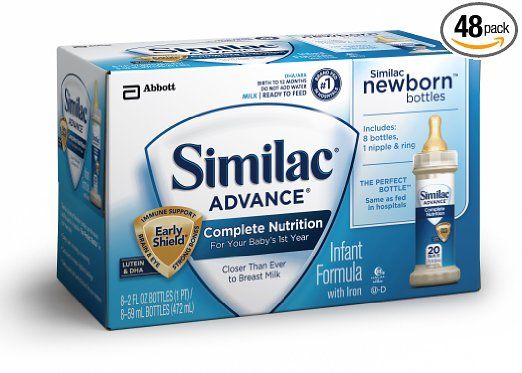 During breastfeeding, the child provokes contraction of the uterus after childbirth: when sucking, a reflex is triggered and the uterus contracts, and this is the physical recovery of the mother after childbirth.
During breastfeeding, the child provokes contraction of the uterus after childbirth: when sucking, a reflex is triggered and the uterus contracts, and this is the physical recovery of the mother after childbirth.
Also during this process, an energy connection is established between mother and child. This connection is formed when the mother is carrying a child, and while feeding, the mother keeps and maintains this connection. In the future, when the child grows and develops, the bond between mother and child remains strong.
Can a baby be allergic to mother's milk?
Allergies can be caused by the foods that mom eats, so you need to control the process of eating. As such, there is no allergic reaction in children of the first year of life.
This is a kind of allergic reaction, the so-called toxic erythema, which can occur in children against the background of malnutrition of the mother.
This is not a pathological reaction: the child reacts to food as if it were the wrong component.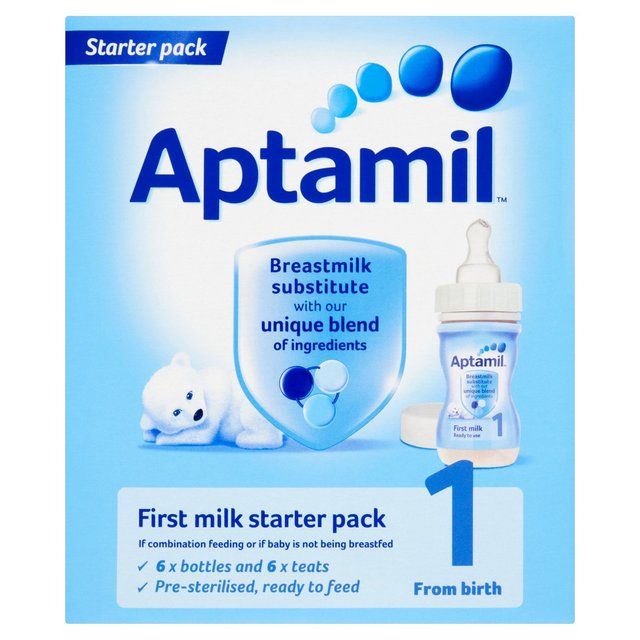 Usually the reaction lasts 2-3 days, when the allergic component of the mother goes away. This situation is not dangerous and does not require treatment.
Usually the reaction lasts 2-3 days, when the allergic component of the mother goes away. This situation is not dangerous and does not require treatment.
In this way, the child's body signals that he is not yet ready for a certain food that the mother eats. Outwardly, it appears as red spots on the body and is very similar to urticaria. Allergic reactions appear from the second year of life.
Interviewed by A. Pribylova
Read about the "School of Motherhood" in Sevastopol at the link.
Night feeding weaning
Weaning from night feeds and uninterrupted sleep throughout the night is the dream of many new parents. However, kids have completely different plans in this regard. Many of them continue to wake up to eat or drink, even at 3 years old. We understand why this happens and whether it is possible to wean a child to eat at night.
Why night feedings are needed
Night feedings are not a whim, but a necessity for the normal development of the baby.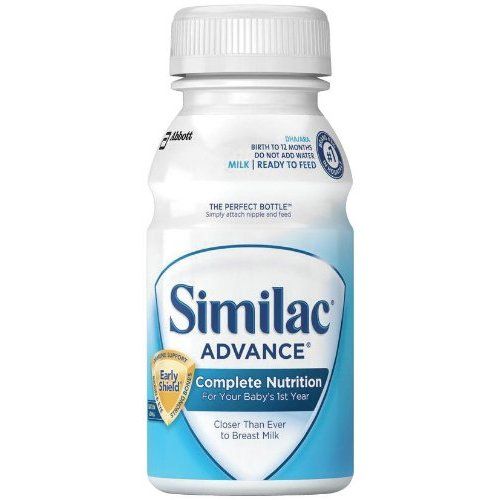 First of all, they are needed by the child, and then by the mother. The main reasons why a child needs to wake up at night include the following:
First of all, they are needed by the child, and then by the mother. The main reasons why a child needs to wake up at night include the following:
- physiological immaturity. Compared to adults, children's metabolism is very fast. This is due to the active growth and development of the baby. In addition, both formula and breast milk are absorbed very quickly - on average, in 2-4 hours.
- Features of lactation. The amount of milk in the mother is regulated precisely by feeding at night, since the hormone prolactin is actively produced at this time of day. If a woman wants to breastfeed a baby, at least one nightly application is necessary.
- evolutionary mechanisms. According to one hypothesis, night waking is an evolutionary mechanism that protects the baby from sudden infant death syndrome.
- Compensatory. If the mother removes daytime feeds, the baby may begin to wake up more often at night to compensate for the lack of daytime feedings.
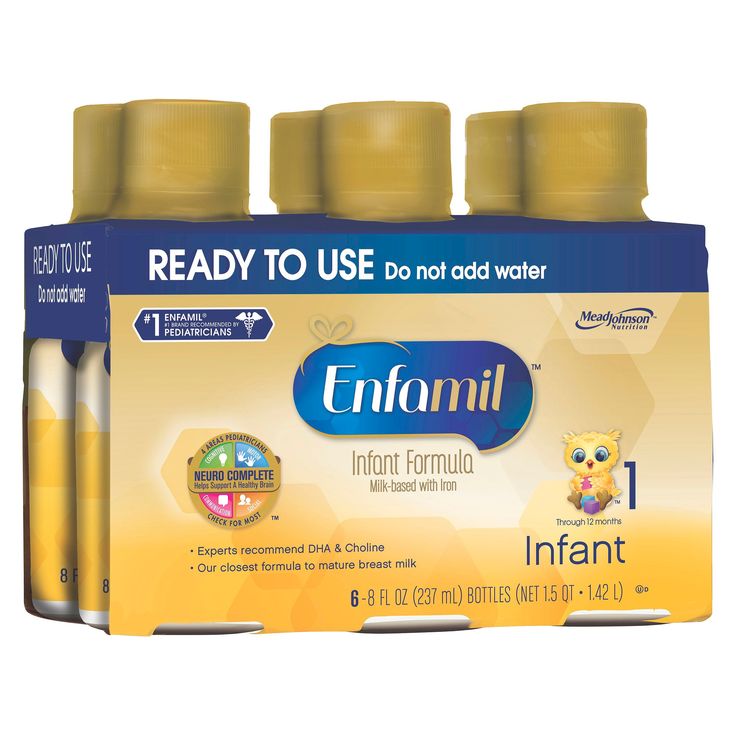 This is more relevant for children on breastfeeding one year old and older.
This is more relevant for children on breastfeeding one year old and older.
If night waking does not cause inconvenience to mother and baby, then there is no need to specially clean them. You can wait until the baby's nervous system matures and he refuses such feedings on his own.
� When the baby is ready to leave night feeds
The ability to sleep through the night without waking up for a night snack develops as the baby's nervous and digestive systems mature. Attempts to reduce nighttime feedings before this point can end in failure, exhaust the mother and cause sleepless nights for the whole family.
The following terms are considered physiological:
| Type of feeding | When do night feeds end? |
| breast | A breastfed infant stops eating at night around 18–24 months of age. |
| mixed | Depends on what kind of food (formula or breast milk) prevails in the baby's diet. |
| artificial | Formula is considered a heavier product, so formula-fed babies may refuse to eat at night as early as 9-12 months. |
Some babies, whether breastfed or formula-fed or mixed-fed, may start sleeping without waking up for nighttime feeds as early as 6 months. If the mother has enough milk, and the baby is gaining weight normally, you do not need to specifically wake the baby to feed him.
Important! Night feedings are the key to successful lactation. If the baby of the first months of life does not wake up at night, you need to offer the breast to a sleepy baby. This stimulates the production of milk and will help to avoid problems with its quantity.
How to stop feeding your baby at night on EW
It is much easier to remove night feedings from a baby on artificial feeding than on breastfeeding. This is due to the fact that a baby on IV immediately gets used to the schedule, and with a greater nutritional value of the mixture, and less difficulty with its replacement. On average, babies who eat formula wake up only 2-3 times per night, so it will not be difficult to refuse such a number of feedings.
On average, babies who eat formula wake up only 2-3 times per night, so it will not be difficult to refuse such a number of feedings.
However, weaning from nighttime eating should begin no earlier than 6 months. By this age, the brain of children in general is ready to sleep without awakening from 6 to 8 hours. What can be done to reduce the number of feedings?
- If the mother practices co-sleeping, you should not combine moving the child to the crib and accustoming to uninterrupted sleep at night. It is better to reduce the number of wakings first, and then move the baby to your bed.
- If the baby has entered a clear mode, you can gradually increase the intervals between night feedings. You can move them no more than half an hour at a time.
- When the baby asks for food at night, offer him water first and only then formula. Perhaps he wakes up from thirst, not from hunger. This approach will help increase the intervals between feedings.
- After a year, a hearty dinner helps to improve sleep. Feed your baby porridge or porridge with meat 2-3 hours before bedtime. Such food is digested for a long time and will help the baby sleep better.
It is important to remember that the reduction in feeding should not be accompanied by tears and tantrums of the baby. Restless night sleep and discomfort will cause the baby to wake up more often.
Weaning from night feeds should not be a problem for the baby and other family members. Our doctors will remotely advise on the features of children's sleep and help you choose the right moment for weaning from night feedings.
How to remove night feedings with breastfeeding
The regimen of children who are exclusively breastfed is different from the regimen of children who are fully or partially artificially fed. For children on IV, night feedings, rather, are a consequence of the characteristics of the child's psyche and metabolism.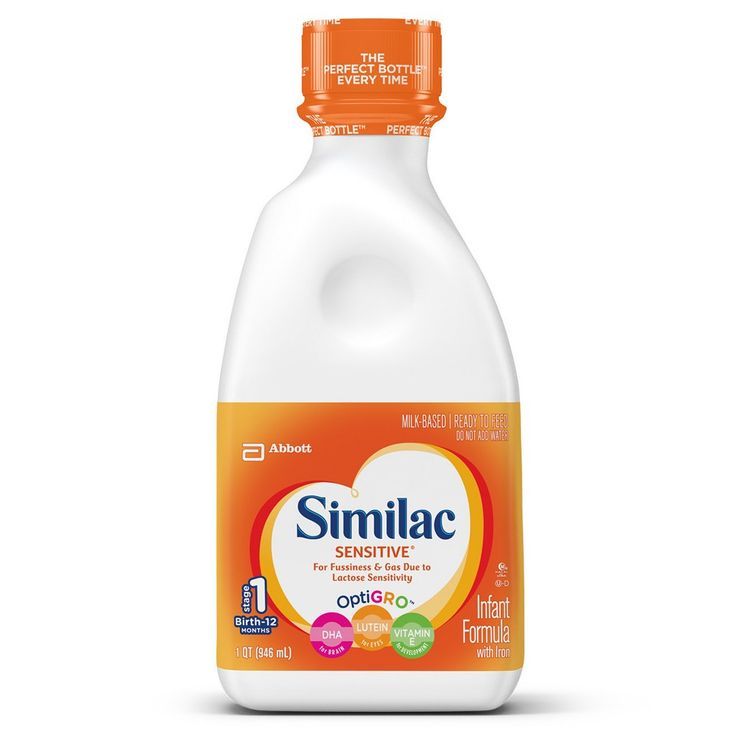 For children on breastfeeding, they are rather a necessity.
For children on breastfeeding, they are rather a necessity.
It is at night that the hormone prolactin is produced, which regulates the production of milk in the mother. If you do not feed your baby at night or leave such feedings too early, this will directly affect the amount of milk and, as a result, the development and growth of the baby.
It is believed that during weaning, night feedings are the last to stop. However, you can reduce the number of nightly attachments before the mother decides to complete breastfeeding. What can be done for this?
- If the mother practices co-sleeping, moving the baby to her crib will help reduce the number of nightly attachments. At first, you can put a baby bed with the side removed to the parent one and shift the baby after he falls asleep. Then the side rises, and the bed moves away.
- After a year, giving up or reducing the number of night feedings helps a hearty dinner and a bowl of water instead of breastfeeding at night.
You can also give kefir or a mixture at night.
- The number of nightly attachments is also affected by daytime feeding. If the mother cancels too many daytime attachments and severely restricts the baby, he can compensate for the lack at night. Therefore, if the mother does not plan to completely cancel breastfeeding, it is better to allow the toddler to apply during the day.
If the mother does not plan to stop breastfeeding in the near future, then it is better to postpone weaning from night feedings to a more suitable time for this and wait for the moment when the baby himself refuses nightly feedings. After a year, you can teach the child self-attachment. In this case, neither the baby nor the mother practically wakes up at night.
Read also What kind of breastfeeding is considered prolonged
FAQ
How many times does the child eat at night?
+
The number of night feedings depends on the age and type of feeding.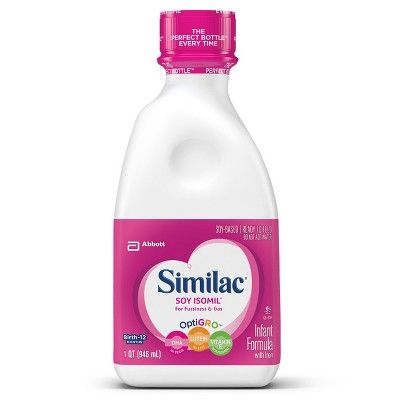 Formula-fed babies wake up 2-3 times a night on average. Breastfed babies may wake up more often.
Formula-fed babies wake up 2-3 times a night on average. Breastfed babies may wake up more often.
When do children wake up at night?
+
The baby's brain is not adapted to a long night's sleep. This is believed to be an evolutionary mechanism that protects infants from sudden infant death syndrome. The child begins to sleep more than 6 hours in a row after a year, and all night - closer to three.
What can I do to stop my child from eating at night?
+
You can reduce the number of nightly feedings by moving the baby to a separate bed, starting to feed a denser dinner and gradually increasing the intervals between nightly attachments.
When should a baby be weaned?
+
The World Health Organization recommends breastfeeding or formula feeding until two years of age if it is comfortable for both mother and baby.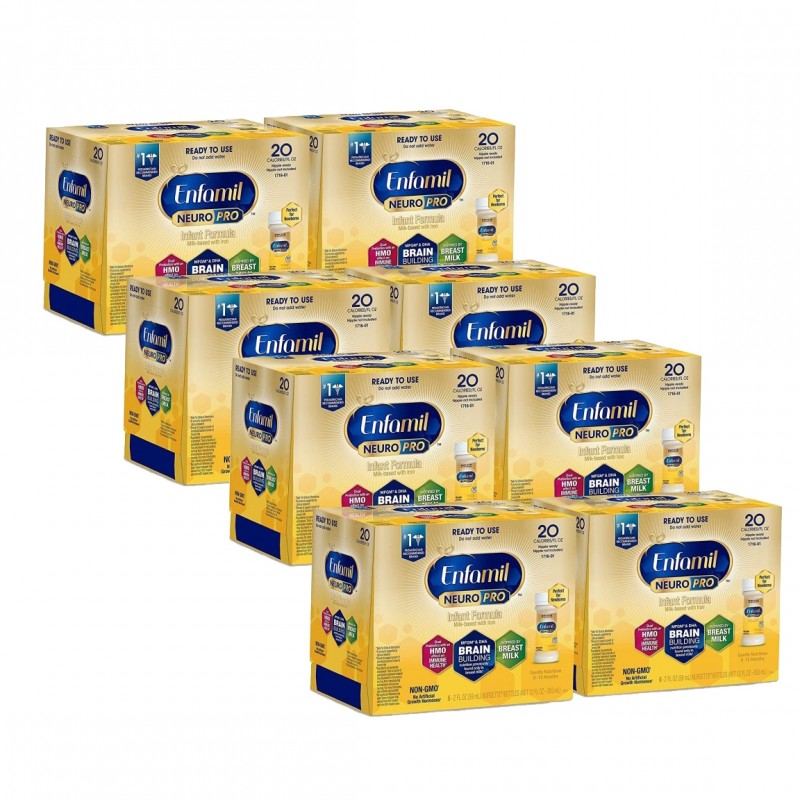 If a woman decides to wean the baby from the breast earlier, you need to replace the breast mixture.
If a woman decides to wean the baby from the breast earlier, you need to replace the breast mixture.
Is it necessary to wean the baby from the breast if he does not sleep well?
+
Weaning does not guarantee that the baby will sleep through the night. For this to happen, his nervous system must mature. Weaning, especially through tears, can cause restless sleep and frequent waking.
Expert opinion
Night feedings are necessary for the normal growth and development of the child. On average, children self-refuse by the age of 9-24 months. However, this does not mean that the child stops waking up at night. The brain fully matures for this only at the age of 3 years. To wean a child from waking up at night, you need to feed him more densely before bedtime, move him to his crib and offer water at night instead of breast or formula.
We publish only verified information
Article author
Pruzhinin Mark Yulievich pediatrician
Experience 30 years
Consultations 1572
Articles 104
An experienced pediatrician with extensive experience and clinical experience in various medical organizations in the field of general pediatrics, resuscitation and anesthesiology and neuroinfection.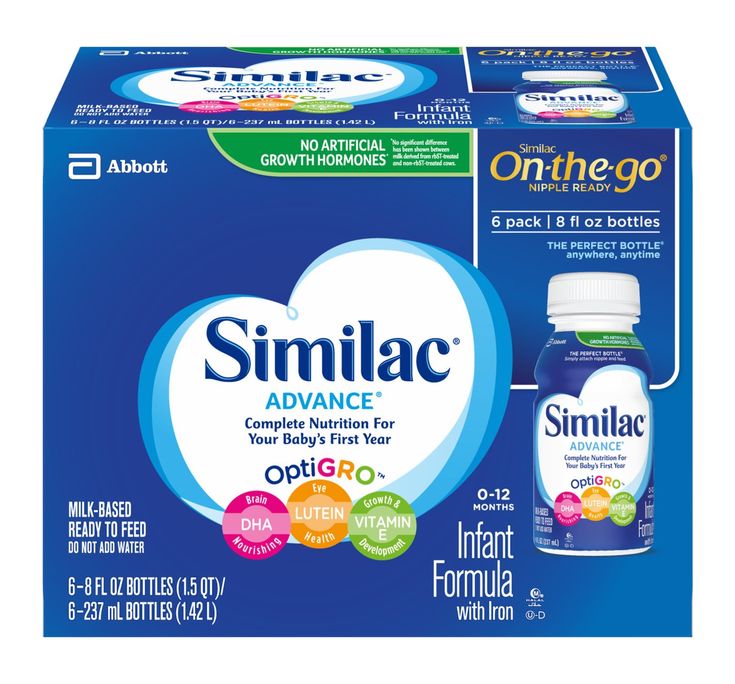

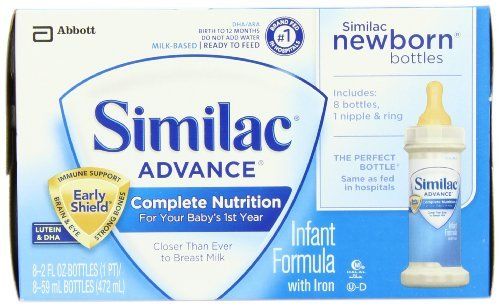 Age can vary from 9 to 24 months.
Age can vary from 9 to 24 months. 